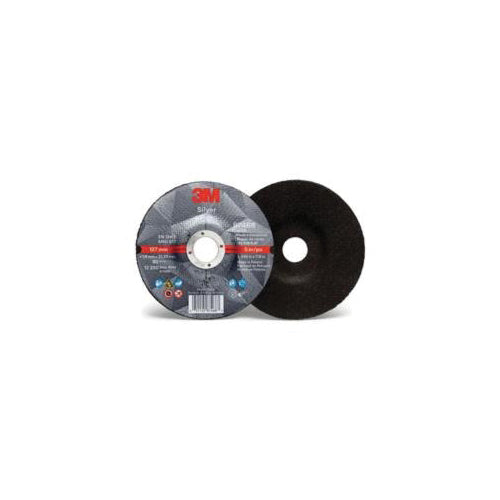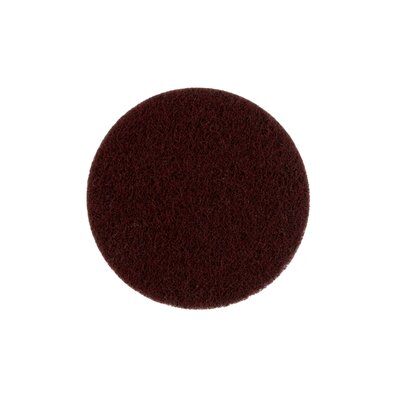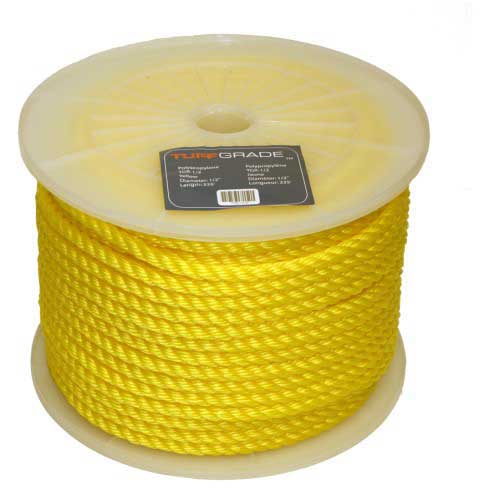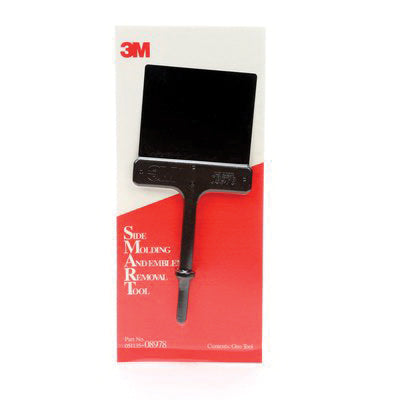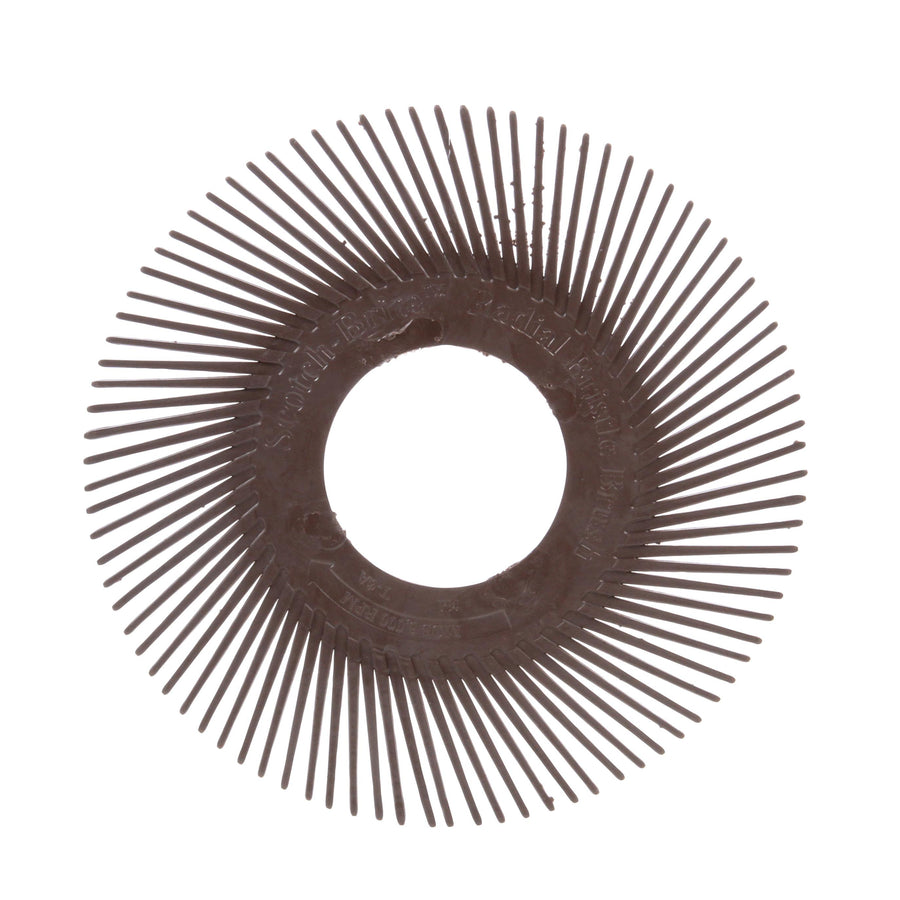A successful metal fabrication process is built on a foundation of key elements that ensure accuracy, efficiency, and quality. These elements encompass every stage of the fabrication process, from initial design and material selection to final inspection and delivery. By paying attention to each of these elements, metal fabricators can create a seamless workflow that minimizes errors and maximizes output.
The first element is careful planning and design. Before the fabrication process can begin, metal fabricators must have a clear understanding of the client's requirements and specifications. This involves collaborating closely with the client and other stakeholders to ensure that all expectations are met and potential challenges are addressed. During the design phase, fabricators use CAD software to create detailed 3D models and technical drawings that serve as a blueprint for the fabrication process.
The second element is material selection. Metal fabricators must carefully choose the right materials for each project, taking into account factors such as strength, durability, and corrosion resistance. The choice of material can have a significant impact on the performance and longevity of the final product, so fabricators must have a thorough understanding of the properties and characteristics of different metals and alloys.
The third element is the fabrication process itself. This involves cutting, shaping, welding, and assembling the chosen materials to create the desired components or structures. Metal fabricators must have the necessary skills and expertise to execute these tasks with precision, using the appropriate tools and techniques for each operation. The fabrication process may also involve additional steps such as surface finishing and coating to enhance the aesthetics and protect the final product from corrosion.
The fourth element is quality control. Throughout the fabrication process, metal fabricators must conduct regular inspections and tests to ensure that the final product meets the specified requirements. This includes dimensional checks, visual inspections, and non-destructive testing methods such as ultrasonic testing and X-ray inspection. By implementing robust quality control measures, fabricators can detect and rectify any deviations or defects early on, preventing costly rework or potential failures down the line.



